Wychwood Manor: A 1920s house and gardens, restored and transformed
On a south-facing ridge in the Evenlode valley, the Arts-and-Crafts-style garden of a 1920s house has been given a facelift in recent years, enhancing the building’s relationship to its landscape. Vanessa Berridge went along for a closer look, while the photographs were taken by Andrew Lawson.
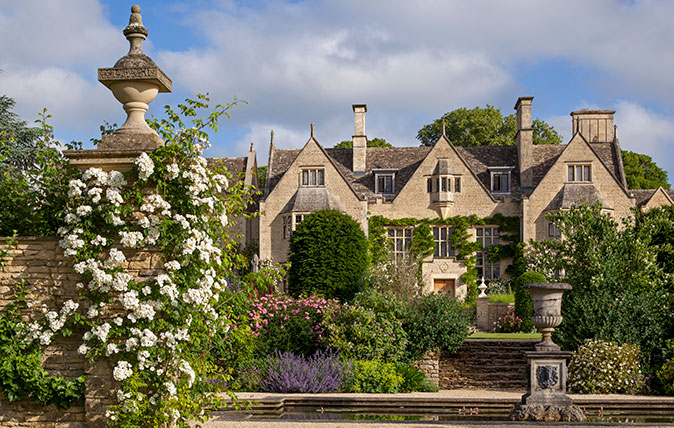

The hills around Wychwood Manor, near Ascott-under-Wychwood, Oxfordshire, were once covered with wych elms, now long since vanished, but there is a memento of those ancient trees in a carved roundel of wych elm, encircled by side-turned slates, on the terrace of the house. It is this kind of detail that makes the manor’s garden so rich and interesting.
The Jacobean-style house was built in the 1920s by Lord Furness, a shipping and steel magnate. It looks substantial, yet is only one room deep, so when the Wilmot-Sitwells bought the house in 2005, they spent two years restoring and extending it, adding a Georgian wing.
This is now enhanced by Magnolia grandiflora and a Veilchenblau rose, underplanted with lavender, Erysimum Bowles’s Mauve and euphorbia.
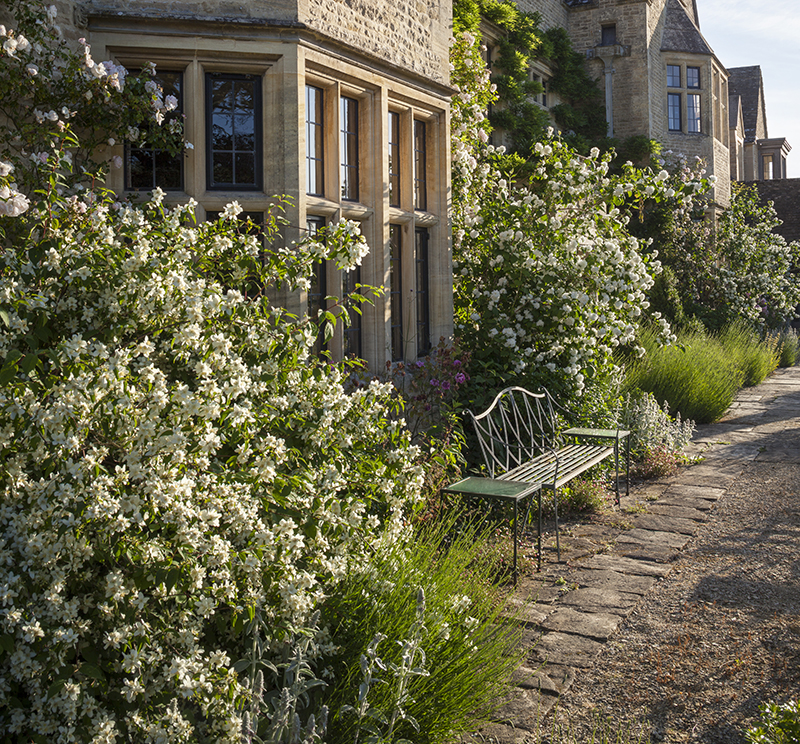
Such a drawn-out building project gave the couple and their garden designers, Julian and Isabel Bannerman, the opportunity to plan and develop a vision of what could be done with the hilltop site.
The previous owners had tended it lovingly for 40 years, creating a formal Arts-and-Crafts garden, with stone balls on every wall and column and with planting designed to peak in the autumn.
‘I felt rather awful when we started again,’ says Fiona Wilmot-Sitwell, ‘but I wanted a garden that would be blowsy, summery and feminine, with lots of roses, peonies and philadelphus.’
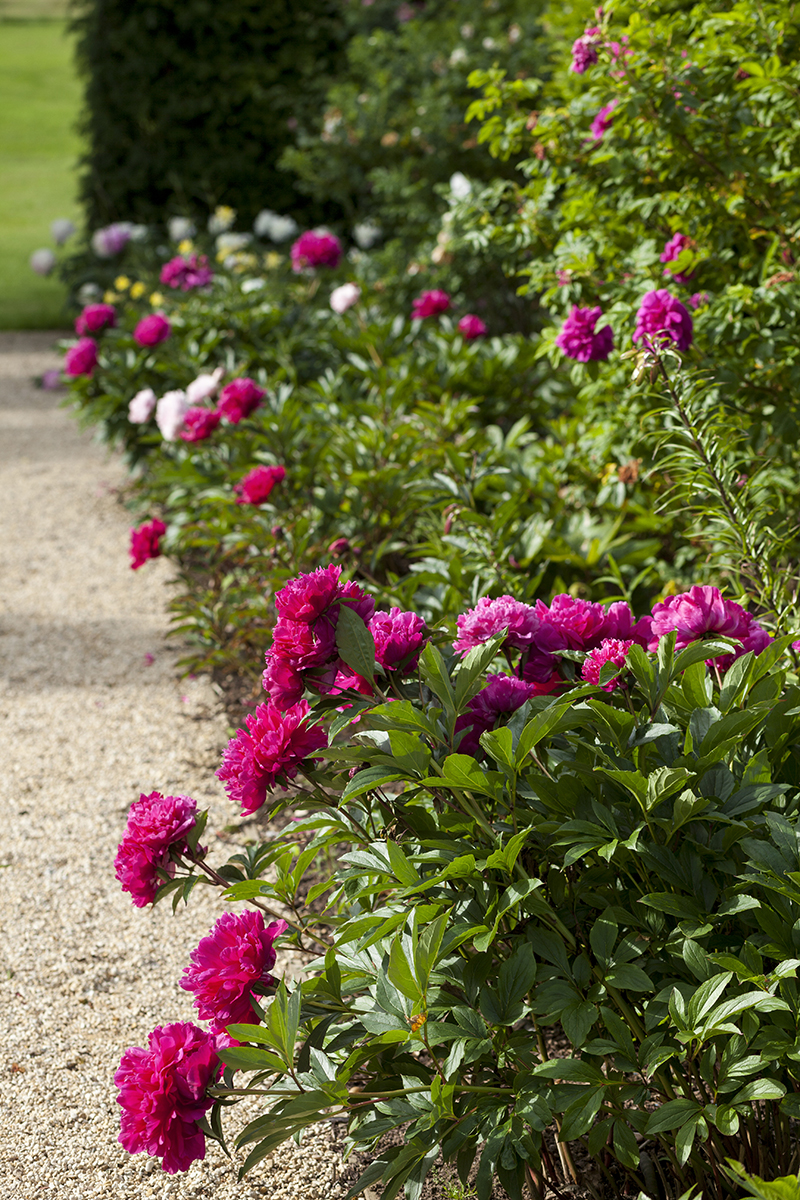
You might not think that ‘summery and feminine’ are necessarily adjectives synonymous with the Bannerman style, but that’s precisely what the designers have achieved within a strong framework of walls, hornbeam hedging and yew topiary and hedging.
Sign up for the Country Life Newsletter
Exquisite houses, the beauty of Nature, and how to get the most from your life, straight to your inbox.
In high summer, the garden is afroth, the house covered, front and back, with climbing Albéric Barbier and Sander’s White Rambler roses.
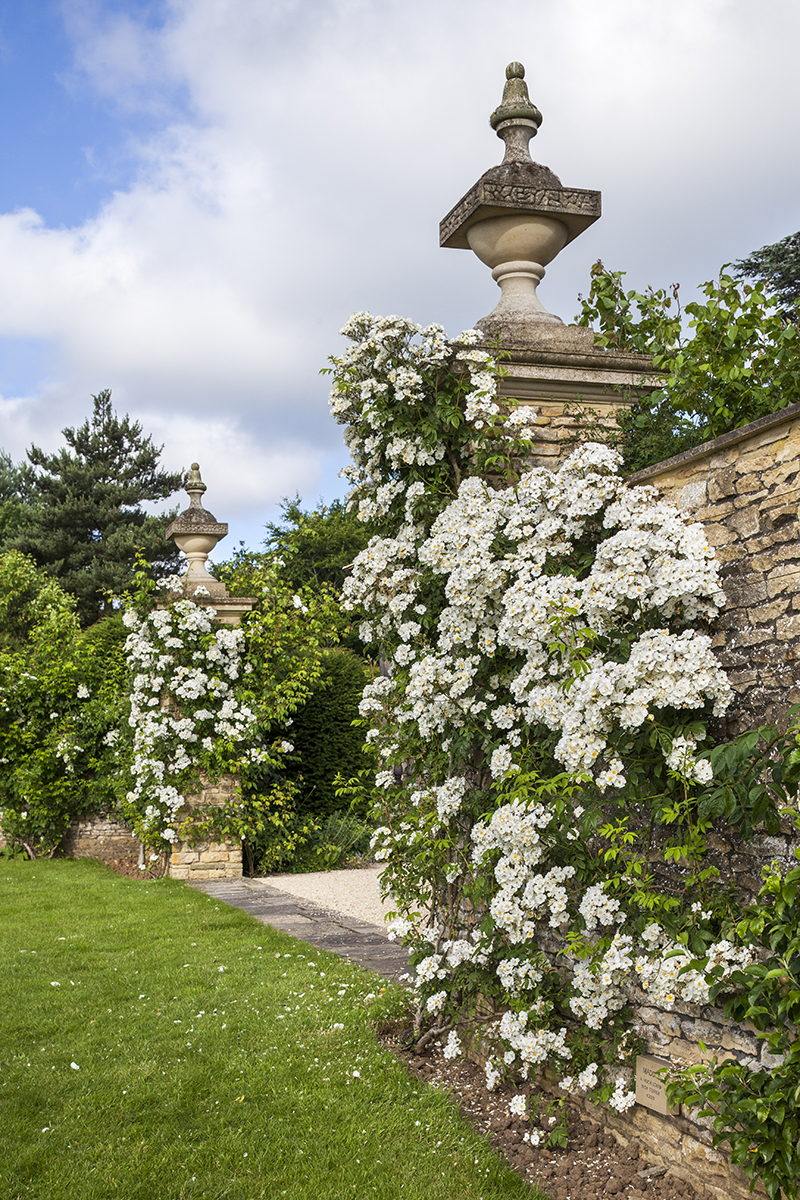
In the borders around the main, walled lawn is a melange of herbaceous planting – delphiniums, geraniums, irises, nepeta, anchusa, salvias and sweet-pea columns – threaded around roses such Charles de Mills, Cécile Brunner, Constance Spry, New Dawn and Rosa mundi.
Twenty rounded columns of yew, almost invisible in the June riot of colour, give winter structure to the wall-backed beds.
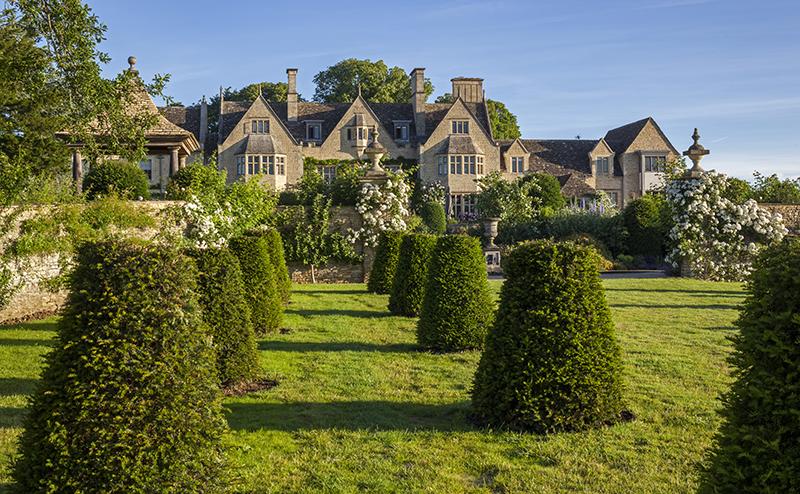
The ground had been heavily compacted by the building work and indeed the main lawn and a row of pleached hornbeams have had to be replaced more than once. The long thin house needed to be anchored in the landscape, rather than perching along the ridge ‘like a train’, according to Mrs Wilmot-Sitwell.
Widening the south-facing terrace to correct the proportions of house and garden has helped. Lavender now spills out across the stone flags of this terrace, which is important for the outdoor living that the Wilmot-Sitwells enjoy, having spent time in Hong Kong and South Africa.
However, it’s the trees that are the chief architects of the garden’s structure. They are what you notice as you approach the house from the north up a steep, established lime avenue focused on the front door.
Eight John Downie crab apples and bushes of Hydrangea paniculata have been planted in yew-backed box compartments by the front steps. Annabelle hydrangeas line the house wall, with four tall, clipped cones of Prunus lusitanica set along the terrace in large wooden Oxford planters.
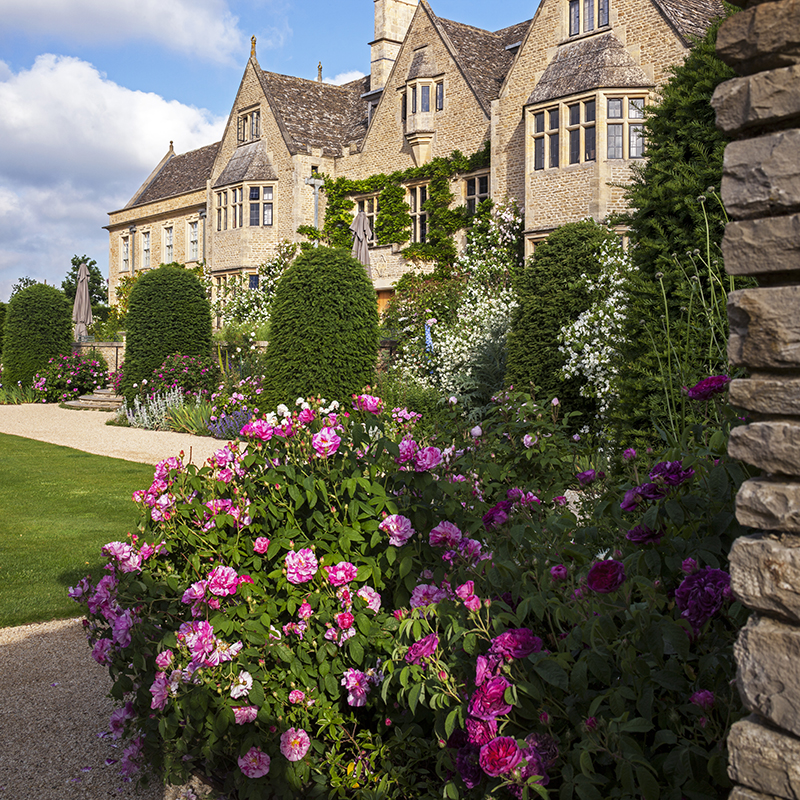
Entering the house through a circular porch (added by the Wilmot-Sitwells), your eye is immediately drawn across the hall to the terrace, lawn and pond and out to an orchard of apples, pears and walnuts on the hill opposite.
Much work has been done to open up this prospect, not least the felling of a line of awkwardly placed trees. The ground was levelled below the formal garden and a stream diverted to feed a lake, which was dug out by Toti Gifford, of Giffords Circus fame, using his pink and zebra-striped diggers.
A double line of yew cones, their tops squared off to help them bush out, stand in an area of rougher grass below the walls, continuing the sightline from formal to informal.
A massive tree-felling and transplanting exercise took place elsewhere, too. Woods encroached on the west side of the house, obscuring the outlook and hiding a beautiful grey Atlantic cedar that is once more a feature of the garden.
Two hundred and eighty trees were transplanted by a tree spade (which looks like a cement mixer, according to Mrs Wilmot-Sitwell), with only three lost in the process. Where there was once a dense wood, there is now parkland, visible from the new drawing room window across a ha-ha.
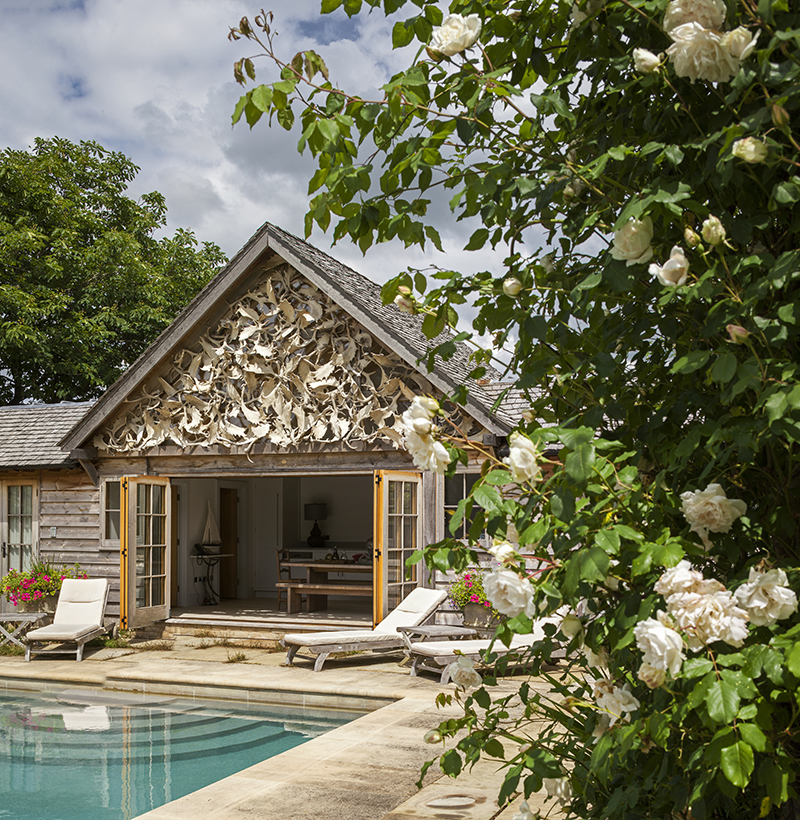
This is framed by a patte d’oie of four allées of hornbeam hedging, each concluding with an oak. Entrances to the allées are marked by characteristic Bannerman greenoak columns and within the allées are compartments of beech, oaks and cedars.
Two other Bannerman hallmarks – pseudo-Classical oak gates with triangular pediments and an array of finials – mark the front and back terraces of the house.
Another is a large, square pavilion, wrapped in Veilchen-blau and Zéphirine Drouhin roses, and with a pitched Cotswold tiled roof. Reminiscent of the summer house at Hidcote, it’s almost like a bandstand, with a wooden balustrade and steps up to a rattan table and chairs furnishing the covered area.
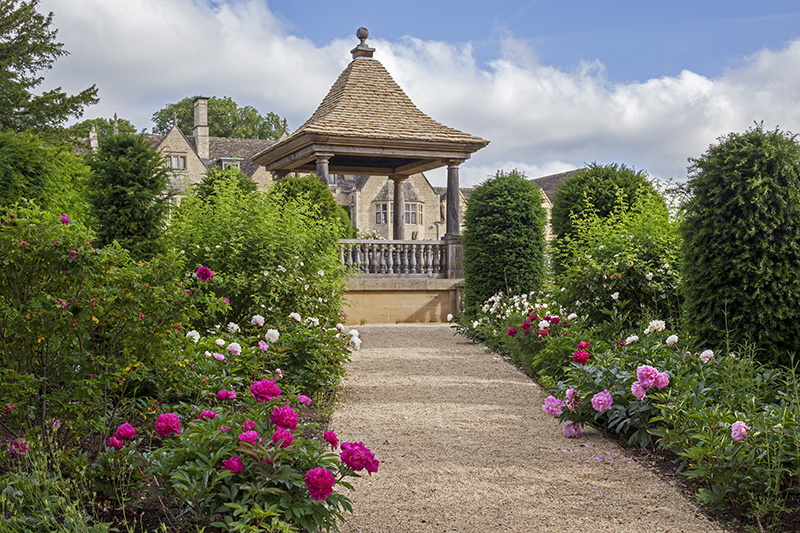
Tucked behind hornbeam hedging, and punctuated by more yew columns, is a peony walk, a glimpse of fields offered down its length through a gap in yew hedging.
Here, hellebores start the season, followed by peonies, including Duchesse de Nemours, Kelway’s Scented Rose, Sarah Bernhardt and red-eyed Festiva Maxima, interspersed with white lilies and with Rosa rugosa and R.Complicata. Verbena bonariensis and cleomes, grown over the winter in the greenhouse, maintain interest later in the season.
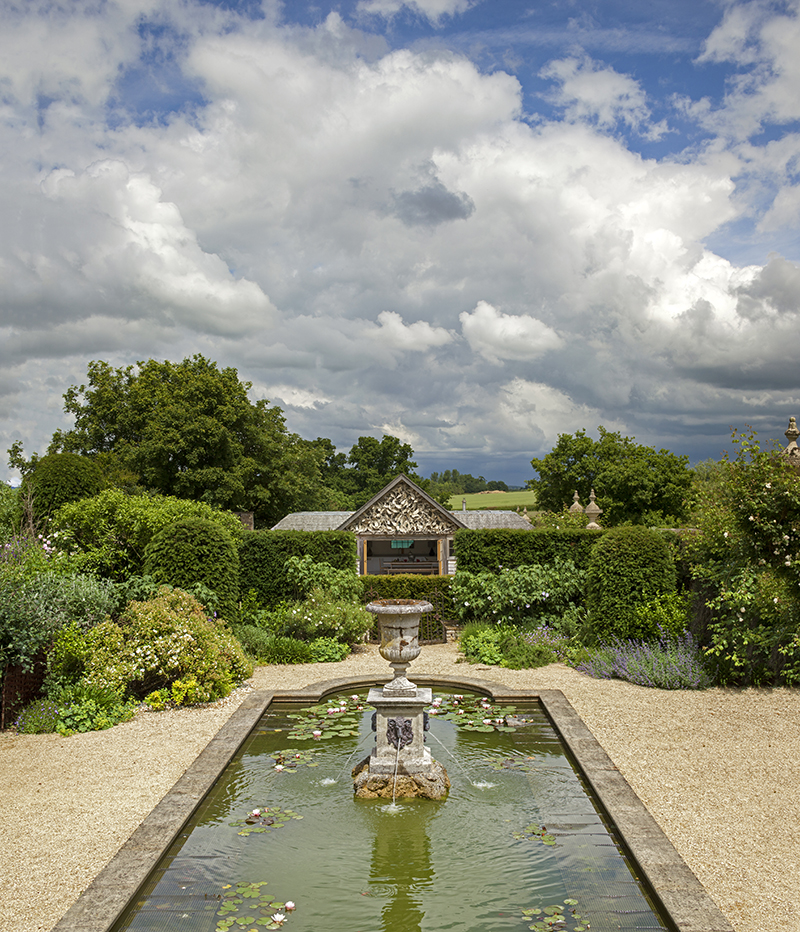
Below the pavilion is a wall-framed court where the existing pool has been linked by a rill to a tiny cascade bubbling out from beneath the pavilion. More yew pillars appear here among buddleias to attract bees and butterflies, lavender and rosemary for scent and Alchemilla mollis. Rosa Albéric Barbier foams over the pillars that frame the garden’s central view.
The Wilmot-Sitwells chose well when selecting the Bannermans, for the designers have a remarkable ability to create gardens with the sense of history and timelessness they have given to Wychwood Manor.
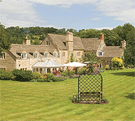
Outstanding Cotswold country house with fabulous gardens
A wonderful opportunity to acquire a classic Cotswold country house with spectacular views and superb accommodation has arisen
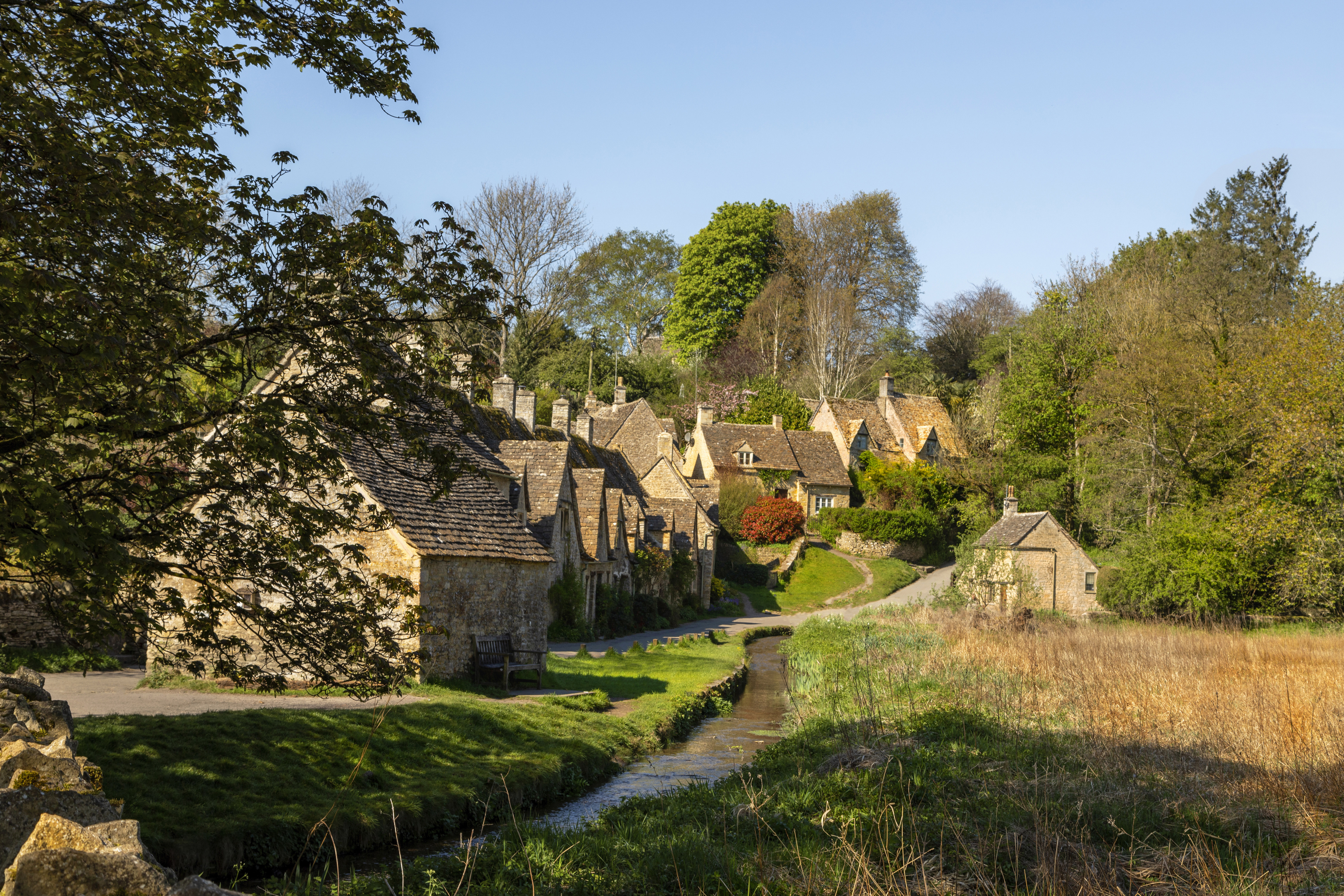
The Country Life guide to the Cotswolds: Where to go, what to see, where to stay and what to eat
Straddling five counties, the Cotswolds is arguably England's most famous region outside of London. Here’s our guide to what to
Country Life is unlike any other magazine: the only glossy weekly on the newsstand and the only magazine that has been guest-edited by HRH The King not once, but twice. It is a celebration of modern rural life and all its diverse joys and pleasures — that was first published in Queen Victoria's Diamond Jubilee year. Our eclectic mixture of witty and informative content — from the most up-to-date property news and commentary and a coveted glimpse inside some of the UK's best houses and gardens, to gardening, the arts and interior design, written by experts in their field — still cannot be found in print or online, anywhere else.
-
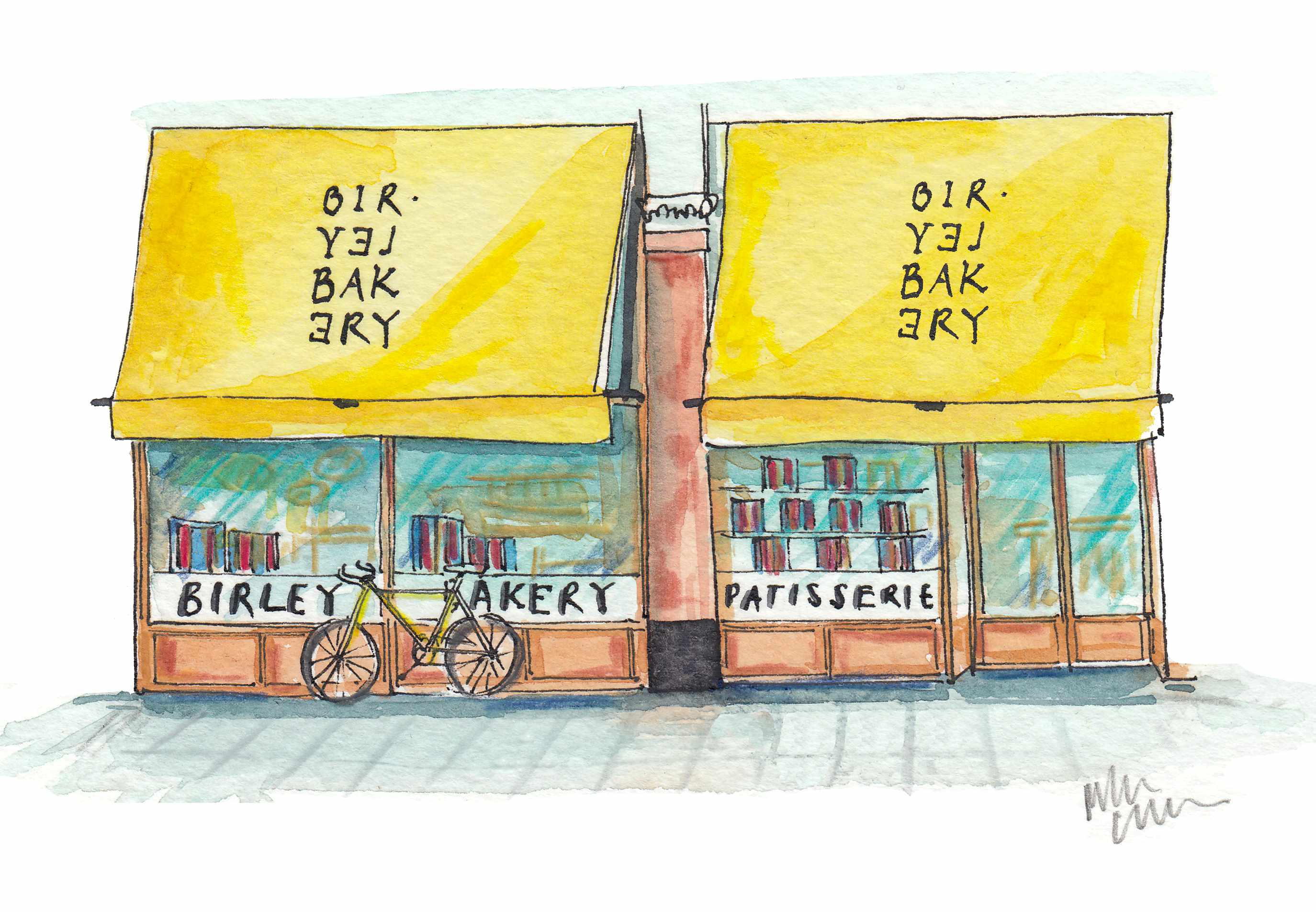 'That’s the real recipe for creating emotion': Birley Bakery's Vincent Zanardi's consuming passions
'That’s the real recipe for creating emotion': Birley Bakery's Vincent Zanardi's consuming passionsVincent Zanardi reveals the present from his grandfather that he'd never sell and his most memorable meal.
By Rosie Paterson
-
 The Business Class product that spawned a generation of knock-offs: What it’s like to fly in Qatar Airways’ Qsuite cabin
The Business Class product that spawned a generation of knock-offs: What it’s like to fly in Qatar Airways’ Qsuite cabinQatar Airways’ Qsuite cabin has been setting the standard for Business Class travel since it was introduced in 2017.
By Rosie Paterson